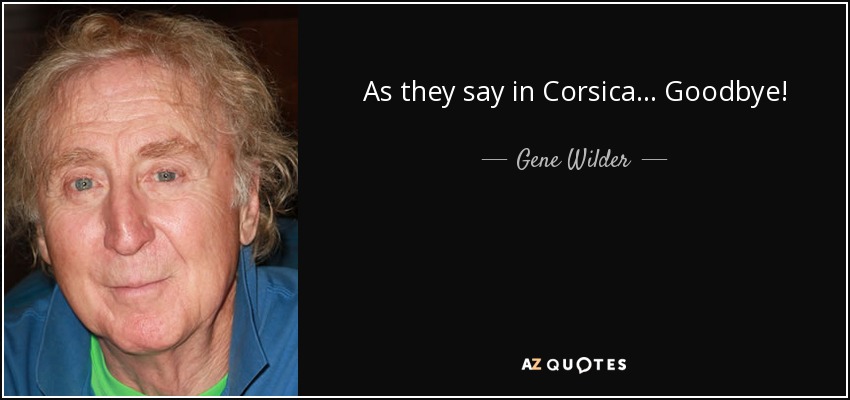
Shakespeare's Rebel
By C. C. Humphreys
By C. C. Humphreys
Has it been awhile since your last
swashbuckling adventure? Then avast ye
readers and you’ll be forewarned. I’m
telling you about a fun, fast paced, sword wielding tale of a daredevil rogue
on a thrilling, romantic adventure. The
story is set in 16th century England, during Shakespearean times, without
the Shakespearean language, and overseen by the Sovereign Queen Elizabeth.
It seems
like fate has it in for our unwilling hero, John Lawley. Or could it be one of his three weaknesses:
whiskey, women, or his friend Mad Robbie Devereux that lures John into so much
trouble and danger? But he’s someone who
can give danger a run for the money.
John is England’s finest swordsman and fight choreographer at the new
Globe Theater. Yes, that’s how he knows
William Shakespeare, who is struggling to finish his play The Tragedy of Hamlet, an endeavor that could destroy him.
Danger
is around the corner. The Queen has some
dirty work that needs to be done and she’s sure that John Lawley is the man for
it. John wants to win back his spirited
and beloved Tess, and also guide his impressionable son Ned, but the Queen has
other priorities. After all, there’s a bit
of a mystery to be solved, and resolved.
The
author, Chris Humphreys brings this historical, revolutionary time vividly to
life. He utilizes his background as an
actor, playwright, and in fight choreography to attain a realism in his
novel. As you read the sword fights,
you’ll have a description that conjures a picture of the characters’ struggle
beyond words. Acting runs in his family,
and like his four grandparents and his father, Chris Humphreys is an actor. He has appeared in plays all over the world. I think his acting background has uncovered
in him a gift for creating memorable and deep characters.
The hero struggles to make good in
his complicated relationships with his associates, his Queen, his friends, his
son, and his beloved. Obstacles he
encounters are as hard fought as the combat at the point of his sword. And the reader gets to listen in on John
Lawley’s reflections on life’s relationships with the Bard, who’s battling
ghosts of his own. His struggles are
much like those of his audience. “They
needed release. And so the skillful
playwright gave it to them. Gave them a
fight.”
Thereby
hangs a tale . . . .










 All the Light We Cannot See
All the Light We Cannot See





